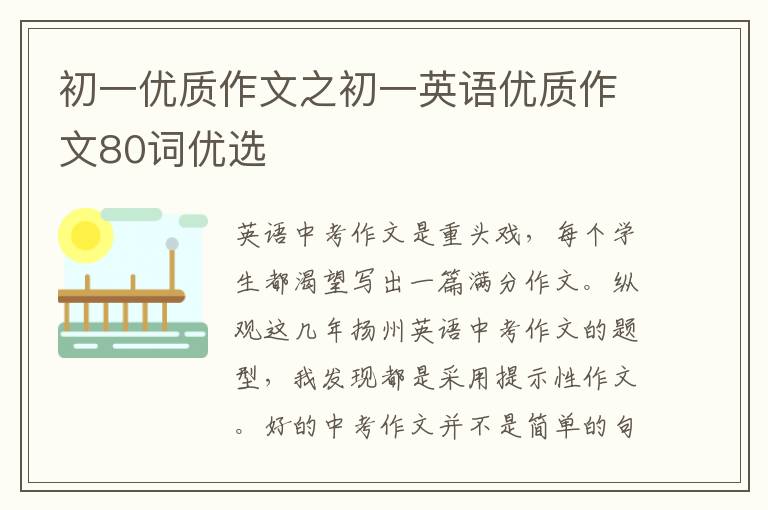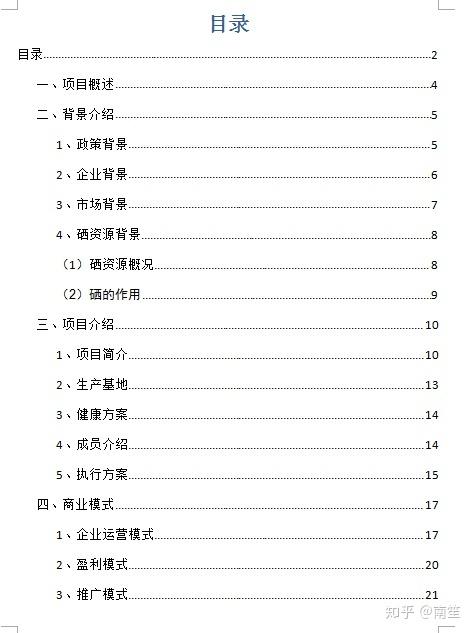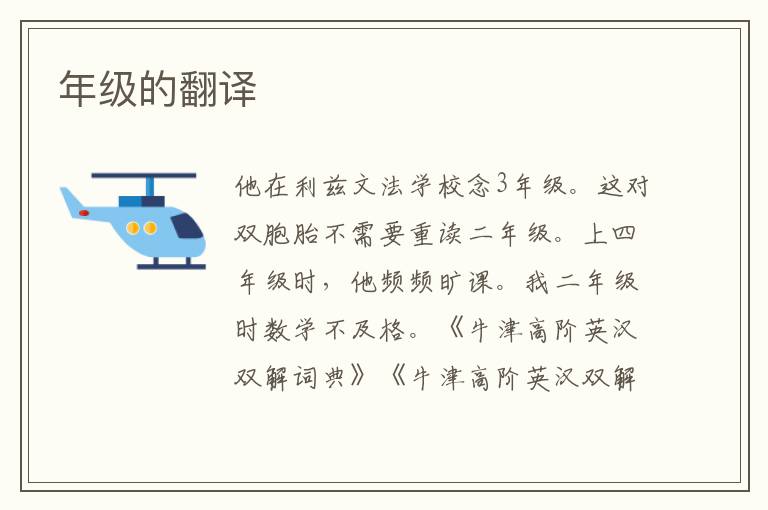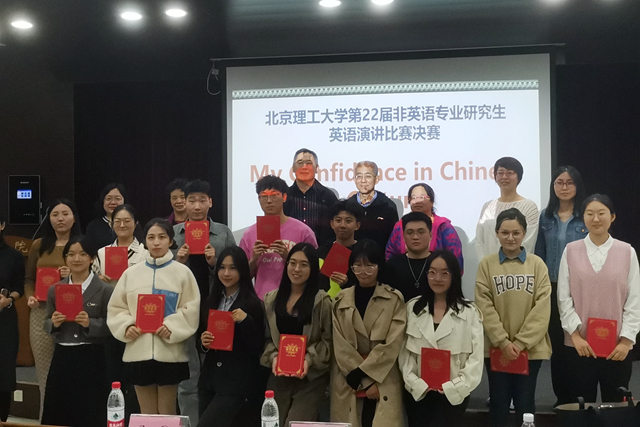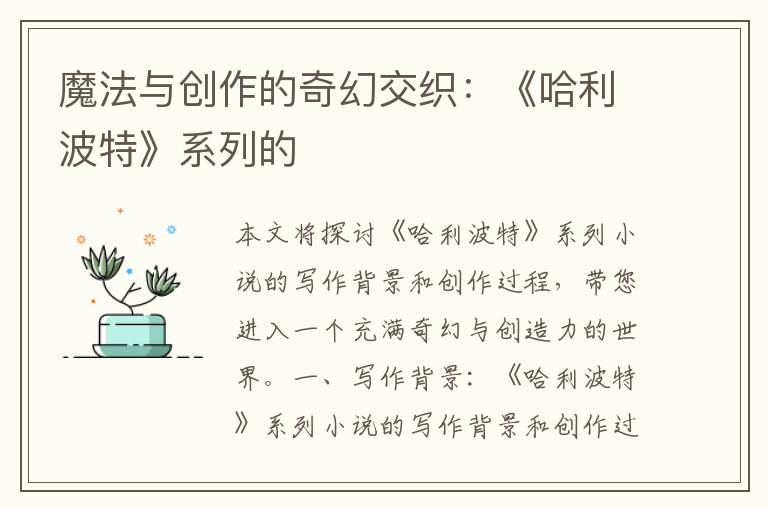時事資訊:關于網絡媒體的八個不爭事實

【英文原文】
Eight hard truths about online media
Many a consumer looks at an “overnight sensation” such as Twitter or Facebook and muses: “That service is so simple — I could do that.” If only it were true.
It turns out that starting a business on the web is hard. Very hard. And I’m not talking about the technology – although that part is hard, too. I’m talking about the business part: building a user base and finding a way to make money. Those are really hard problems.
Whether you’re a start-up or an established company, here are the hard truths you must face if you want to build a successful online media property.
All the good names are taken. All the “real word” URL’s are taken and buying one will cost you a pretty penny. That means your options are made-up words and phrases (YouTube) or deliberate misspellings (Digg). These names are hard for users to remember and type correctly into a browser.
Once you do find a name and launch a site, good luck getting the press to cover you. The modern public relations channel is broken. No one reads newspapers anymore, and they only cover “stories” anyway. Unless you have some big time founder or VC, you’re probably not a “story.” Blogs can give you some exposure, but their audiences are typically not big.
Offline advertising won’t help you with exposure. Don’t bother spending your money on billboards, TV ads, radio spots or print ads – none of them will grow your audience. People don’t migrate their attention from offline ads to online activity. Spending your money on this type of marketing is a well-beaten path to failure.
Online advertising won’t work much better. Banner ads suck – no one clicks on them. Search ads are great for one-off visitors (or if you’re actually selling something and then they’re an arbitrage play), but won’t convert to organic visits. You’re buying your visitors literally one at a time, and that’s no way to build an audience.
Search engine optimization is an option, but a limited one. Sure, you can likely scrounge together some visits and show some growth but you won’t build direct traffic or a direct audience through it. To make matters worse, even long-tail queries—think “daily vitamins for German Shepherds”—can be very competitive. Only Wikipedia has pulled off the trick of building a leading Web property through SEO, and they needed 2% of Google’s total traffic to do it.
If you are an established media company, your offline brand probably won’t translate into a large, ready-made online audience. The web is an entirely different medium, and old brands have lots of trouble translating. Just ask the newspapers and magazines how their online brands are doing.
Stealing the competition’s audience doesn’t work online. The two traditional ways of stealing market share – price competition and convenience – don't work. Media on the web is free and every site is literally one click away. Product is the only way to build an audience. And the product you build has to deliver a unique experience. And that’s no small feat.
If, in spite of all of these obstacles, you are successful in building an audience, here’s your reward: low monetization rates. Ad rates online are priced by CPMs (cost per thousand impressions). Your typical news or media site (i.e. not search or ecommerce) probably commands, on average, CPMs of a buck or two — site-wide. If the site is a social network, a forum page or other community offering, that number goes down to $0.15-$0.30. To make any real money, you need to serve A LOT of page views.
In other words, online is not for the faint of heart. It’s very far from an easy place to build an audience, much less make any real money. Ecommerce and search are the only really proven businesses online – and those have a whole host of other issues that go along with them.
So the next time you see some company build a site that grabs a big piece of the market and starts making real money, don’t dismiss its success as easy or lucky. Rather admire it for rising to the top in a very difficult environment.
【英文原文】
Eight hard truths about online media
Many a consumer looks at an “overnight sensation” such as Twitter or Facebook and muses: “That service is so simple — I could do that.” If only it were true.
It turns out that starting a business on the web is hard. Very hard. And I’m not talking about the technology – although that part is hard, too. I’m talking about the business part: building a user base and finding a way to make money. Those are really hard problems.
Whether you’re a start-up or an established company, here are the hard truths you must face if you want to build a successful online media property.
All the good names are taken. All the “real word” URL’s are taken and buying one will cost you a pretty penny. That means your options are made-up words and phrases (YouTube) or deliberate misspellings (Digg). These names are hard for users to remember and type correctly into a browser.
Once you do find a name and launch a site, good luck getting the press to cover you. The modern public relations channel is broken. No one reads newspapers anymore, and they only cover “stories” anyway. Unless you have some big time founder or VC, you’re probably not a “story.” Blogs can give you some exposure, but their audiences are typically not big.
Offline advertising won’t help you with exposure. Don’t bother spending your money on billboards, TV ads, radio spots or print ads – none of them will grow your audience. People don’t migrate their attention from offline ads to online activity. Spending your money on this type of marketing is a well-beaten path to failure.
Online advertising won’t work much better. Banner ads suck – no one clicks on them. Search ads are great for one-off visitors (or if you’re actually selling something and then they’re an arbitrage play), but won’t convert to organic visits. You’re buying your visitors literally one at a time, and that’s no way to build an audience.
Search engine optimization is an option, but a limited one. Sure, you can likely scrounge together some visits and show some growth but you won’t build direct traffic or a direct audience through it. To make matters worse, even long-tail queries—think “daily vitamins for German Shepherds”—can be very competitive. Only Wikipedia has pulled off the trick of building a leading Web property through SEO, and they needed 2% of Google’s total traffic to do it.
If you are an established media company, your offline brand probably won’t translate into a large, ready-made online audience. The web is an entirely different medium, and old brands have lots of trouble translating. Just ask the newspapers and magazines how their online brands are doing.
Stealing the competition’s audience doesn’t work online. The two traditional ways of stealing market share – price competition and convenience – don't work. Media on the web is free and every site is literally one click away. Product is the only way to build an audience. And the product you build has to deliver a unique experience. And that’s no small feat.
If, in spite of all of these obstacles, you are successful in building an audience, here’s your reward: low monetization rates. Ad rates online are priced by CPMs (cost per thousand impressions). Your typical news or media site (i.e. not search or ecommerce) probably commands, on average, CPMs of a buck or two — site-wide. If the site is a social network, a forum page or other community offering, that number goes down to $0.15-$0.30. To make any real money, you need to serve A LOT of page views.
In other words, online is not for the faint of heart. It’s very far from an easy place to build an audience, much less make any real money. Ecommerce and search are the only really proven businesses online – and those have a whole host of other issues that go along with them.
So the next time you see some company build a site that grabs a big piece of the market and starts making real money, don’t dismiss its success as easy or lucky. Rather admire it for rising to the top in a very difficult environment.



